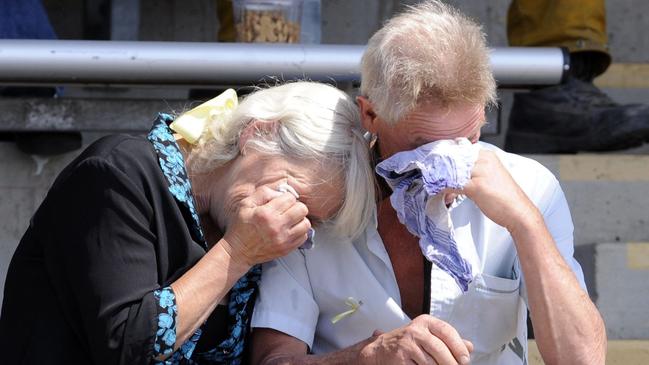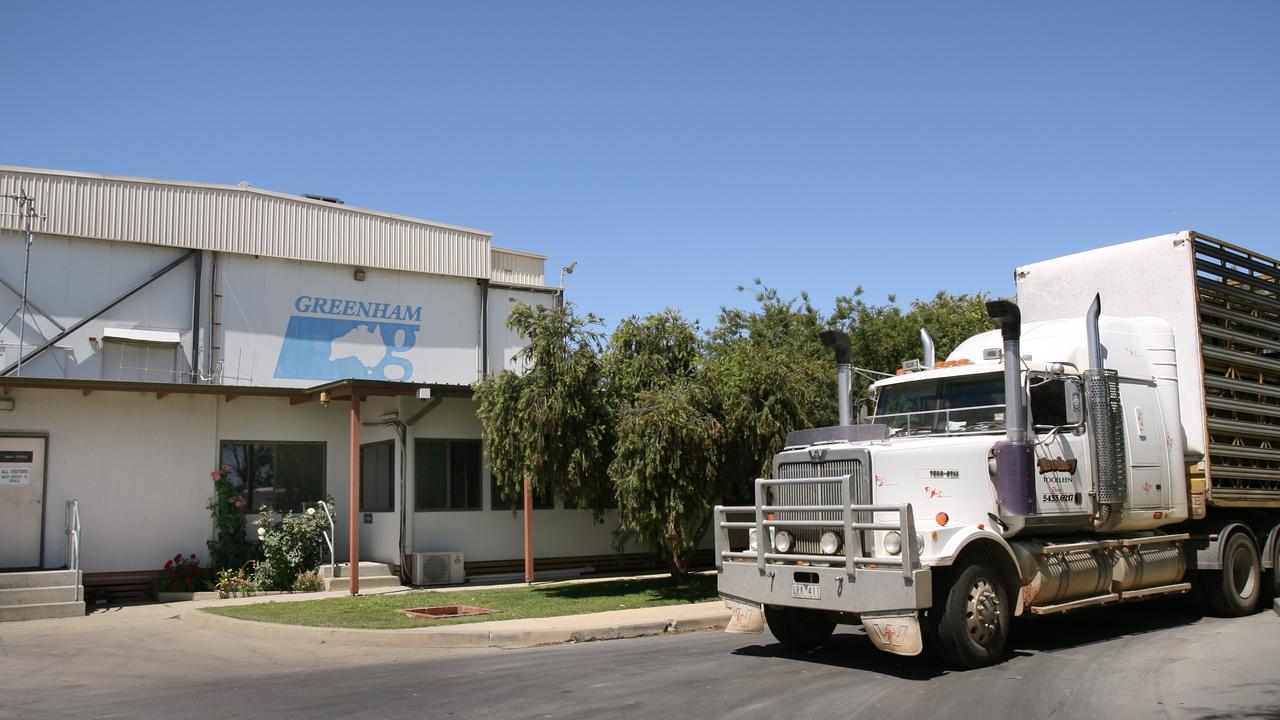Victorian powerlines fires: $1 billion investment not delivering as 434 fires sparked
The spark arresting technology adopted by the Andrews Government to stop fires, started two of them last year.

POWERLINE fire starts are surging, despite regional Victorian households and business being forced to invest almost $1 billion in spark suppression technologies.
Reports lodged with the Australian Energy Regulator show poles, wires, transformers and substations sparked 434 fires in the 12 months leading up to last fire season.
Eastern Victorian distributor AusNet’s fire starts rose from 110 in 2016-17 to 151 in 2017-18 and then 160 in 2018-19.
In Victoria’s western half, Powercor racked up 195 fires in 2016-17, rising to 276 in 2017-18 and 274 in 2018-19.
Some fires were sparked by lightning, possums, lizards and tree branches and even tractors hitting power lines, but 74 per cent (319) of the fire starts were triggered by faults and failures of the power poles, wires, fuses, transformers and other distribution assets.
The surge in fire starts comes despite the Andrews Government bid to cut powerline fires by forcing AusNet and Powercor to invest almost $1 billion in Rapid Earth Fault Current Limiters and associated technologies, which the distributors recoup from rural and regional customers.
REFCLs only suppress fires on three-phase powerlines and cannot be used to prevent fires sparked by Victoria’s 28,000km of ageing single-wire-earth-return network, which started three of Black Saturday’s major fires in 2009 – Kilmore East, Coleraine and Horsham.
Ironically the AER reported list two recent fire starts were caused by REFCLs.
On March 1 last year AusNet reported the CFA had to put out a small grass fire after the Warburton substation REFCL “tripped to lockout” resulting in the failure of a 22kV road side lighting arrestor.
Then on April 5 the Kinglake substation REFCL caused a fire, with AusNet reporting: “upon investigation, the top right hand side fan compartment was on fire and the braking resistor within it badly burnt”.
The AusNet team found “a faulty breaking resistor failed and caught fire” and called in the REFCL manufacturer Swedish Neutral to investigate.
Energy Minister Lily D’Ambrosio told Parliament’s Public Accounts and Estimates Committee in June last year that REFCLs could reduce the risk of fires by up to 85 per cent.
Yet CSIRO advised the Government’s Powerline Bushfire Safety Taskforce in 2017 REFCL’s were only likely to cut fire starts on three-phase powerlines by less than 50 per cent.
Growing concerns over the efficacy of REFCLs prompted Energy Safety Victoria to call on engineering companies to lodge tenders in May to report on “whether the REFCL technology performance as deployed is achieving the required capacity at the prescribed substations”.
“The report is also to advise on any current, emerging or unforeseen issues that may cause the program timing or technical requirements to be adjusted.”
REFCL’s work by diverting power from a conductor that has been hit by a fault on a three-phase line into the remaining two conductors, effectively supercharging them.
MORE
POWER UPGRADES: 92 OF VICTORIA’S REGIONAL FIRMS HIT WITH $80M BILL


